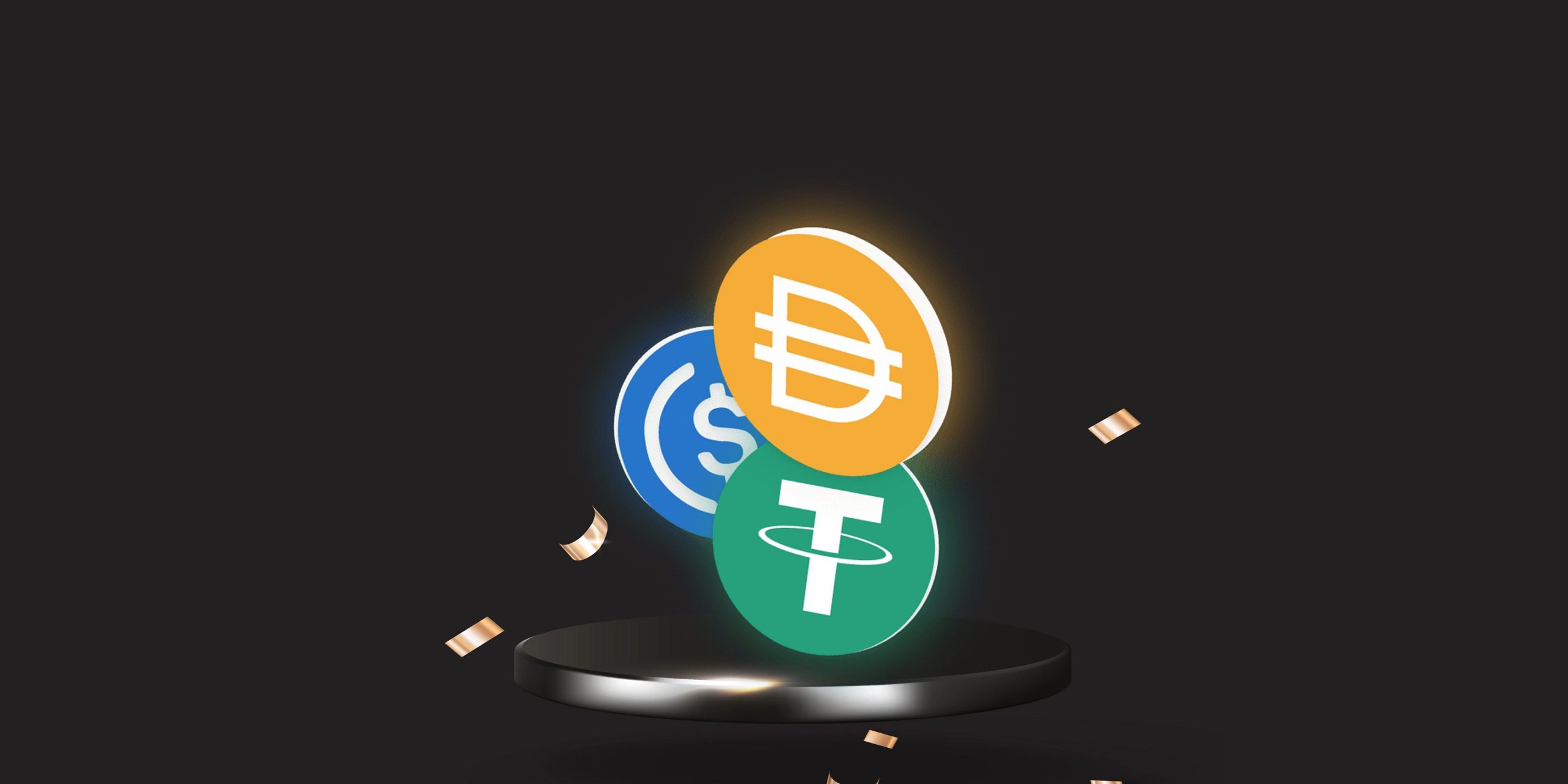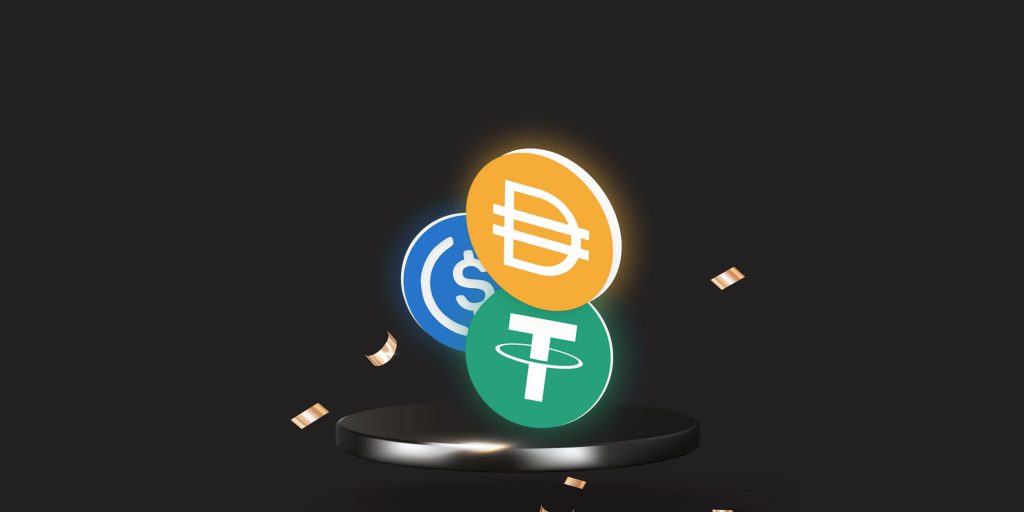
Muhammed AKAN
- Stablecoins that grow enough in size could play an important role in the short-term debt markets, FitchRatings said on Tuesday.
- Many of these coins are tied to commercial paper, and any turbulence could rapidly spread to other parts of the market, the agency said.
- Fitch said stablecoin reserves could end up holding more commercial paper than money market funds have.
- Sign up here for our daily newsletter, 10 Things Before the Opening Bell.
Stablecoins that grow enough in size could play an important role in short-term debt markets, which in turn could bring new risks to those markets, according to FitchRatings.
If the cryptocurrencies do run into trouble, any shock could spread to those other asset classes, the US credit rating agency said Monday.
"The reserves that coin operators hold to at least partially back their currency can affect short-term markets, particularly as they increase in scale," it said.
Stablecoins – which are cryptocurrencies pegged to a real-world asset – must hold reserves to back up each coin that is issued. Fitch noted that tether, which is tied to the dollar, had 49% of its reserves in certificates of deposit and commercial paper as of the end of June.
Facebook's diem, a global stablecoin that is not yet released, is expected to hold 80% of its reserves in short-term government securities and the remaining 20% in cash.
If stablecoins keep growing in market capitalization at the same rate, and if they keep that breakdown in reserves, they will become significant investors in commercial paper, according to Fitch. Commercial paper is a form of short-term, unsecured debt used by companies to fund payroll and inventories, among other ongoing costs.
"Their commercial paper holdings could exceed those of money market funds within two or three years," Fitch said.
If people decide to sell off a stablecoin en masse, that run could transfer to the holdings that back it, and carry through to the wider market.
"Stablecoins could be disruptive for commercial paper markets, for example, owing to run risks," Fitch said. "Stablecoin-related turbulence could both affect the commercial paper market itself, and transmit shocks to other market participants."
Any run risk could be made worse if the infrastructure used by stablecoin operators to engage with traditional markets aren't capable of smoothly handling transactions during periods of market volatility, it added.
The scale of the risk depends on what rules regulators decide to put on stablecoins, according to the ratings company. Regulation will follow how the sector develops, and at the moment the details of what US and EU authorities want are not clear.
Regulators have trained their sights on tether, the biggest of the dollar-pegged stablecoins. The company behind tether agreed earlier in October to pay $41 million to settle charges from the Commodity Futures Trading Commission. The CFTC said it had misled investors when it said the stablecoin was fully backed by the dollar and other fiat currencies.
